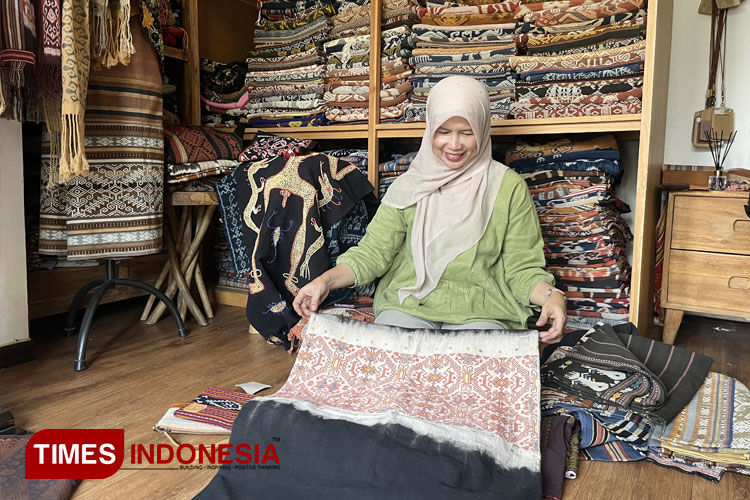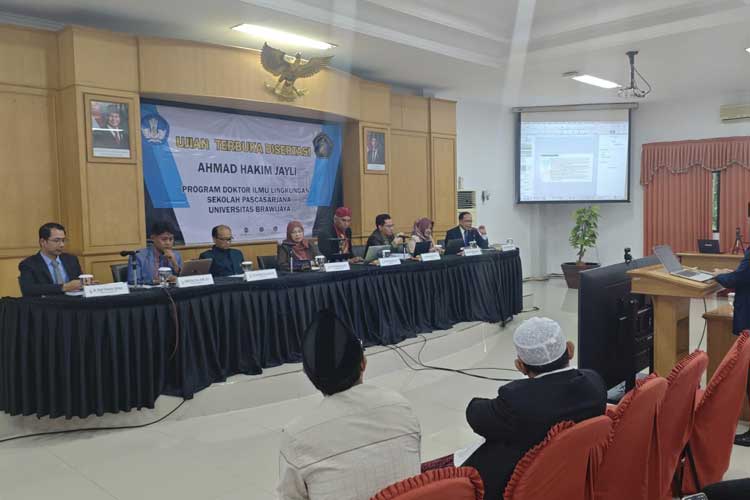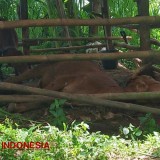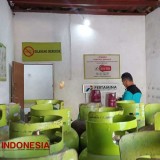TIMES MADIUN, JAKARTA – Nora Indonesia is a fashion boutique specializing in traditional Indonesian textiles, particularly those from East Sumba, NTT (East Nusa Tenggara). Founded by Norayani, an avid collector and entrepreneur based in Malang, the boutique is dedicated to preserving the rich cultural heritage of Indonesia through the promotion and care of traditional Sumba woven fabrics.
As part of this mission, Nora Indonesia also educates its customers on the proper care and maintenance of these exquisite textiles, ensuring their longevity and vibrancy.
Woven fabrics, particularly those from Indonesia, are a source of national pride and cultural heritage. These textiles are handcrafted and often hold significant cultural and historical value. Due to their intricate weaving techniques and vibrant patterns, these fabrics require special care to maintain their quality over time.
Tips for Maintaining Woven Fabrics
To preserve the beauty and quality of woven fabrics, especially those from East Sumba, it is crucial to follow specific care guidelines. Here are some tips shared by Norayani, the owner of Nora Indonesia:
1. Limit Washing Frequency
Woven fabrics are typically worn on special occasions. If they are not used for extended periods, it is recommended to simply air them out rather than washing them frequently. Over-washing can lead to the fabric's degradation and color fading.
In addition, before washing a woven fabric, it is advisable to perform a wash test on a small, inconspicuous area of the fabric. "If you want to wash the fabric, it's best to test a small part of it with water first, as some types of woven fabrics may bleed or fade when washed," explains Norayani.
2. Hand Wash Only
Woven fabrics require delicate handling, which means hand washing is preferred over using a washing machine. The use of a washing machine can distort the fabric's original shape and cause damage to the intricate weave.
When hand washing, avoid soaking the fabric and use a mild detergent that is free from bleach. However, for optimal care, it is recommended to opt for dry cleaning to maintain the fabric's quality and vibrant colors.
3. Proper Drying Techniques
After washing, woven fabrics should not be exposed to direct sunlight. Instead, they should be dried in a shaded, well-ventilated area. This practice helps preserve the fabric's colors and prevents them from fading due to sun exposure.
4. Storing Woven Fabrics
Woven fabrics should be stored properly to maintain their condition. They can be hung in a wardrobe, ensuring they are kept dry and free from moisture. For those with a large collection, folding the fabric is also acceptable. However, it is essential to take the fabric out of storage regularly to air it out and check its condition.
"At least once a month, take the woven fabric out, spread it out, and air it to ensure its quality is maintained," Norayani said.
For specific fabrics like songket, the storage method differs. Songket should be rolled and stored in a songket tube to prevent the delicate gold threads from breaking or creasing. This specialized storage method helps maintain the songket's intricate details and prevents damage.
Nora Indonesia's founder, Norayani, emphasizes the importance of understanding the cultural heritage embedded in each piece of woven fabric. "Each woven fabric tells a story. It's not just a piece of cloth; it's a representation of our culture, our history, and our craftsmanship. By caring for these fabrics properly, we honor the artisans and the traditions they represent," she ended.
By following these care tips, owners of traditional woven fabrics especially for Sumba woven can ensure their cherished textiles remain in excellent condition, preserving their cultural and aesthetic value for years to come. (*)
| Pewarta | : Khodijah Siti |
| Editor | : Khodijah Siti |

























